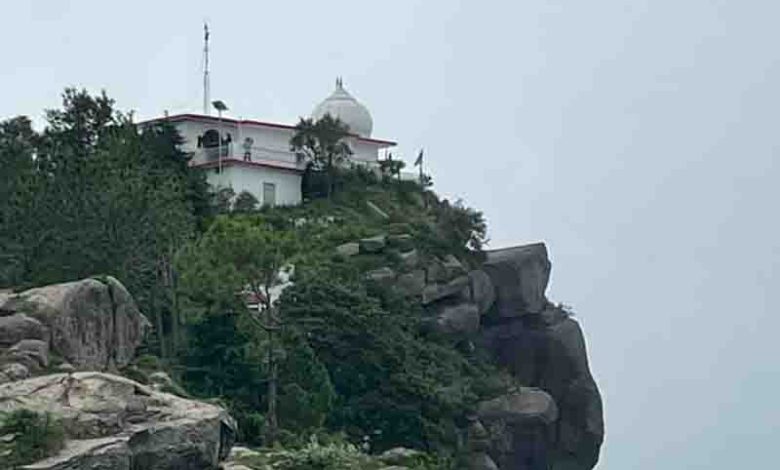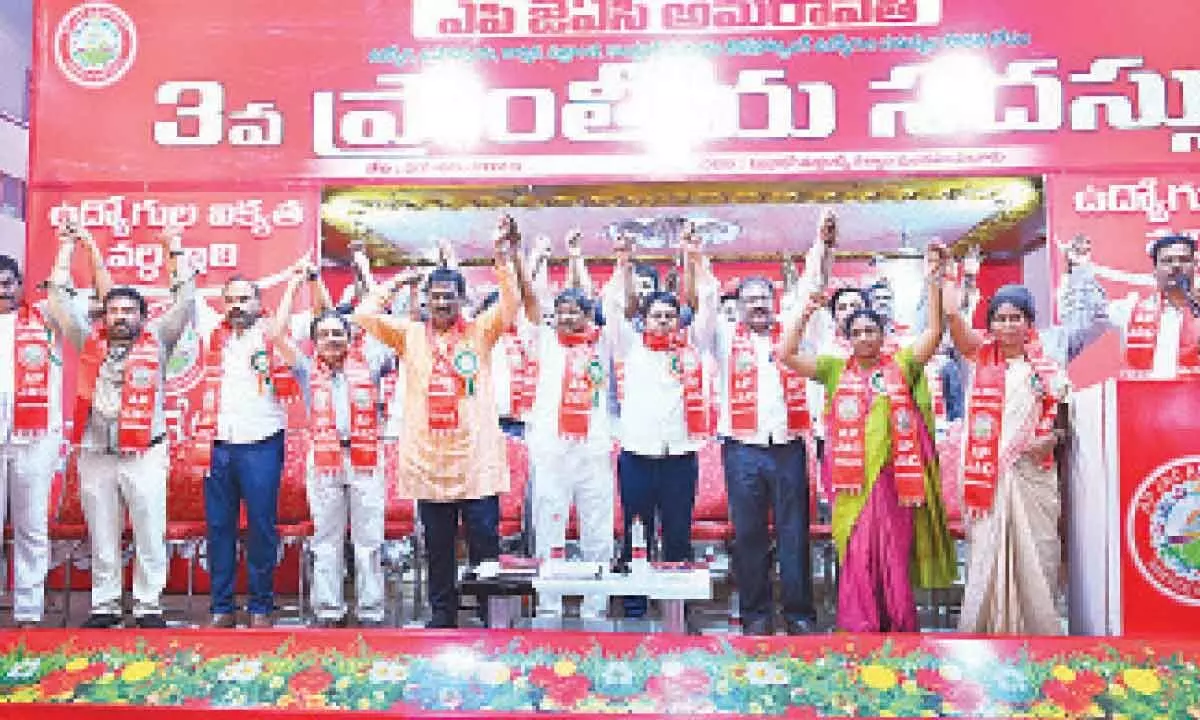Himachal: The Bhursing Mahadev temple with divine heights came alive with devotion

Himachal Pradesh: The spiritual essence of Himachal Pradesh comes alive in Bhursing Mahadev – a temple situated on a serene mountain peak in the Kwagdhar range of Pachhad region of Sirmaur. At an altitude of about 6,800 feet above sea level and just 12 km from Sarahan, this ancient temple is more than a place of worship – it is the centre of a living legend. Local belief is that it was from this peak that Lord Shiva and Goddess Parvati observed the great battle of Mahabharata in the distant plains of Kurukshetra. It is believed that at that moment of divine observation, a self-manifested Shivling appeared from the earth, sanctifying the site for eternity. That Shivling still sits on this sacred hill, worshipped today as Bhursing Mahadev – a form that was once known in scriptures as Bhuri Shringa, i.e. milk-drinking Bhureshvar. Surrounded by deodar, kafal, rhododendron and pine trees, the temple offers breathtaking views of Chandigarh, Solan, Shimla, Morni Hills and Churdhar. But it is the divine energy of the place that attracts pilgrims more than the views. Every year after Diwali, the temple celebrates the traditional Dev Utsav. Unlike many Himachal deities who are carried in palanquins, Bhursing Mahadev’s power enters the temple priest, who climbs the steep hill on foot, dressed in ceremonial attire and holding a divine umbrella. On the way, at seven sacred stones, the priest pours streams of raw milk, then reaches the eighth at the temple threshold and finally enters the sanctum sanctorum. The temple’s history is also linked to royal connections. In the 16th century, the Maharaja of Sirmaur, impressed by the temple’s sanctity, prayed here for a child. Upon his wish being fulfilled, he returned to appoint the priest as the temple’s custodian and began making annual silver offerings – a tradition that is still recognised in revenue records. Legends of this land describe a brother-sister duo from Pazarli who herded cattle around a Shivalinga. During a fierce storm, their calf went missing. After being sent into the mountains by their stepmother to retrieve it, the brother never returned. He was later found dead near the Shivalinga, which is believed to have merged with divine energy. Years later, the sister was passing by in her wedding palanquin, and stopped at the same spot and jumped off, refusing to go further without her brother. She disappeared and reappeared as a holy stream – now known as the Dehi River, which still provides water to the surrounding villages. While thousands visit Shiva temples across India in Shravan, Bhursing Mahadev also sees a flood of devotees. Pilgrims bring raw milk, pray and climb the same ancient path reverently. The red flowers of rhododendron in spring, the medicinal fruit of kafal and the mystical air of devotion combine to create a timeless landscape here. At Bhursing Mahadev, myth, memory and divinity are intertwined – and in this holy month of Shravan, the mountains once again resonate with the calm, eternal presence of Shiva.





